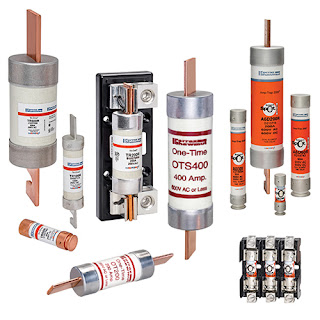Tensilica Releases ConnX Baseband Engine
Tensilica plans other ConnX family members for the low-power requirements of the handset market. Will Strauss, president of Forward Concepts, said: 'With its configurable instruction set, Tensilica has morphed its basic Xtensa RISC architecture to become a compelling DSP engine.' Jack Guedj, president and chief executive officer of Tensilica, said: 'With this family of pre-designed communications DSP cores, our customers will be able to achieve faster time-to-market on their new next-generation of communications SOCs.' There are two different types of requirements for DSPs in wireless systems.
The ConnX Baseband Engine fills the more traditional software-centric DSP requirements for base stations and for multi-mode, multi-standard terminal devices. Tensilica's Xtensa technology can also be optimised to build more narrowly tailored, optimised functional blocks that fit into a hardware-centric design style typically found in wireless-handset implementations. Tensilica plans several products in this area. The ConnX range of communications DSP engines includes other functions that are in high demand for next-generation compute-intensive tasks.
The ConnX Baseband Engine joins the proven quad-MAC Vectra LX DSP option, which is now re-branded as the ConnX Vectra Engine. The ConnX Vectra Engine has been used in many customer designs and is an integral part of the re-branded ConnX 545CK standard DSP. The ConnX 545CK was previously known as the Diamond 545CK, which received a BDTIsimmark2000 score of 3820. The BDTIsimmark is a summary measure of overall DSP processing speed based on BDTI's DSP Kernel Benchmarks. The ConnX range of DSP engines includes other functions that are in high demand for next-generation compute-intensive tasks. Tensilica can quickly leverage its customisable processor technology to develop key functions that will significantly expand its business in several market areas.


Comments